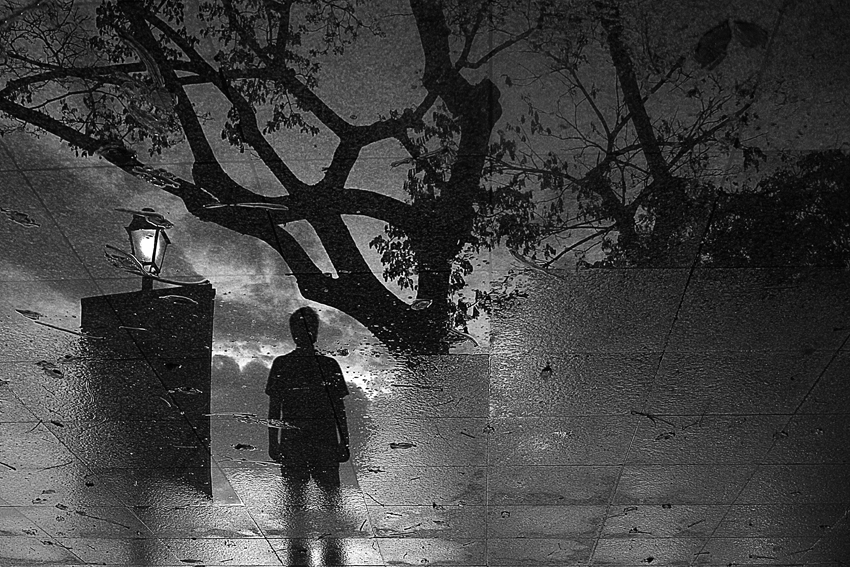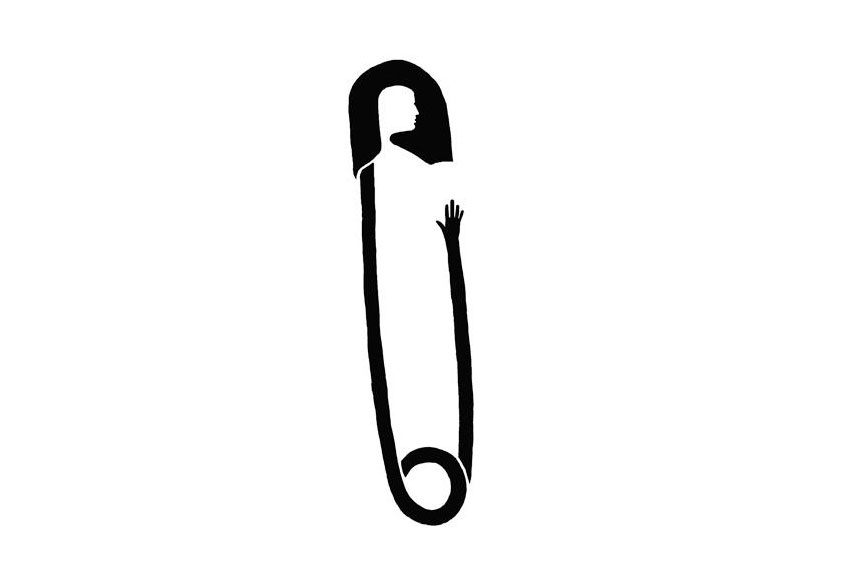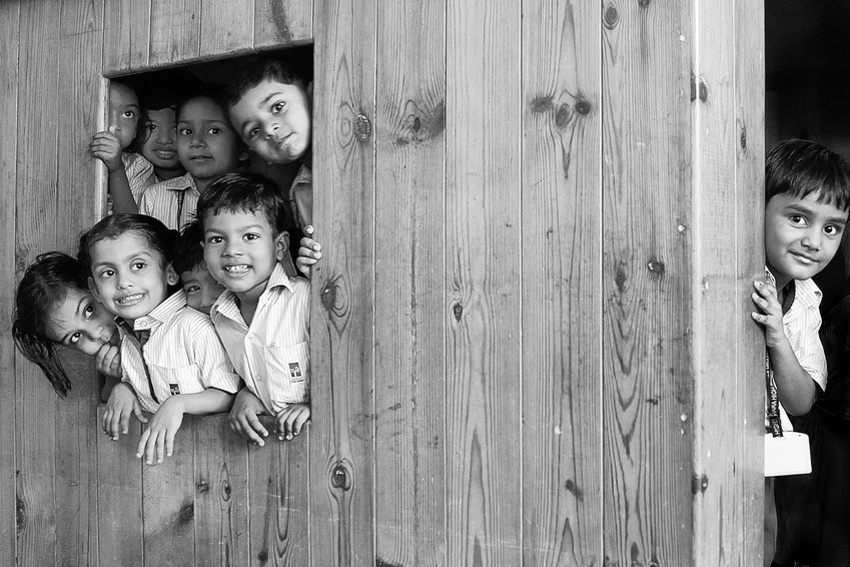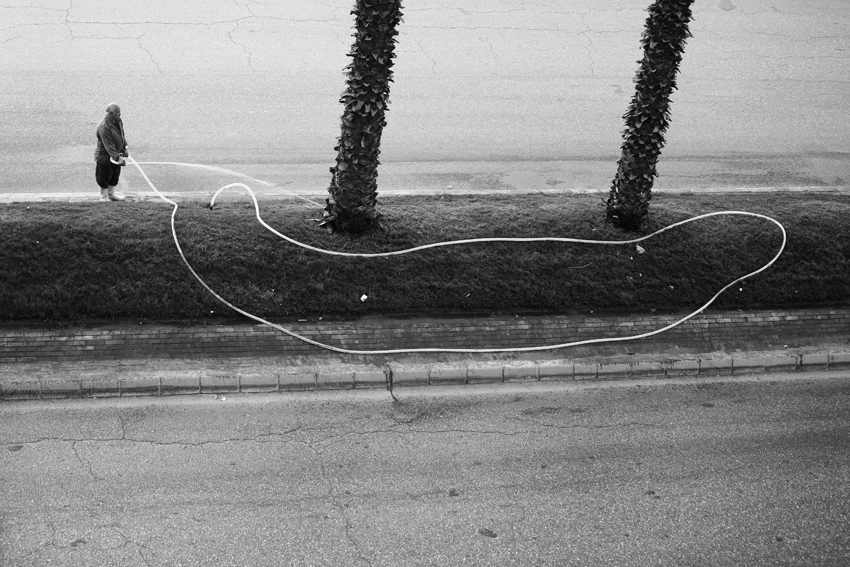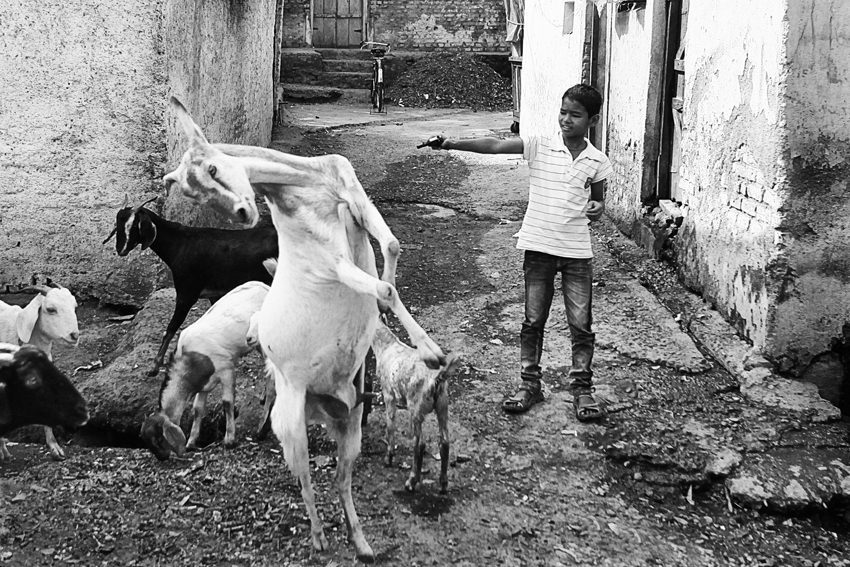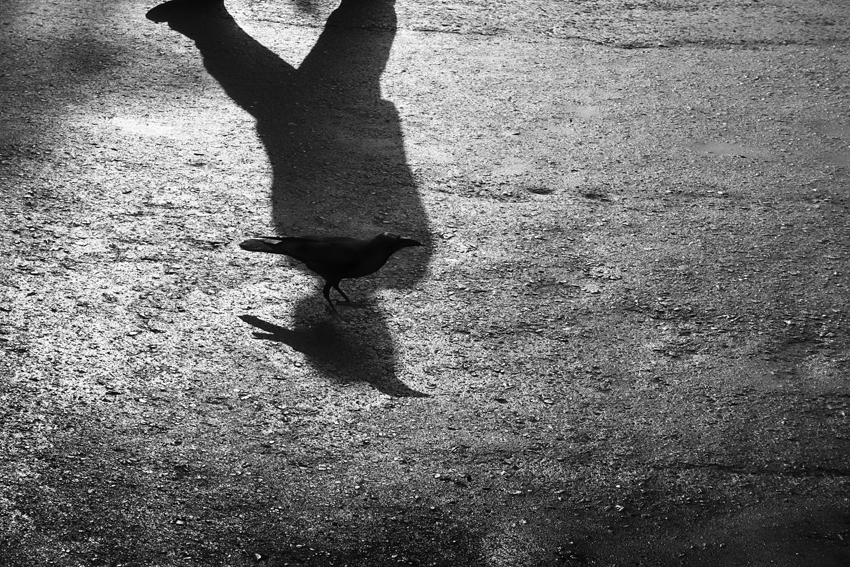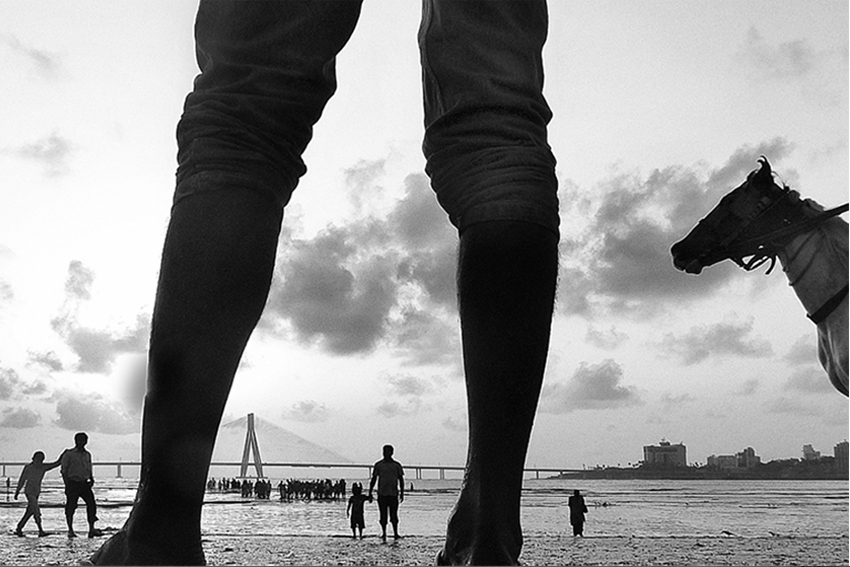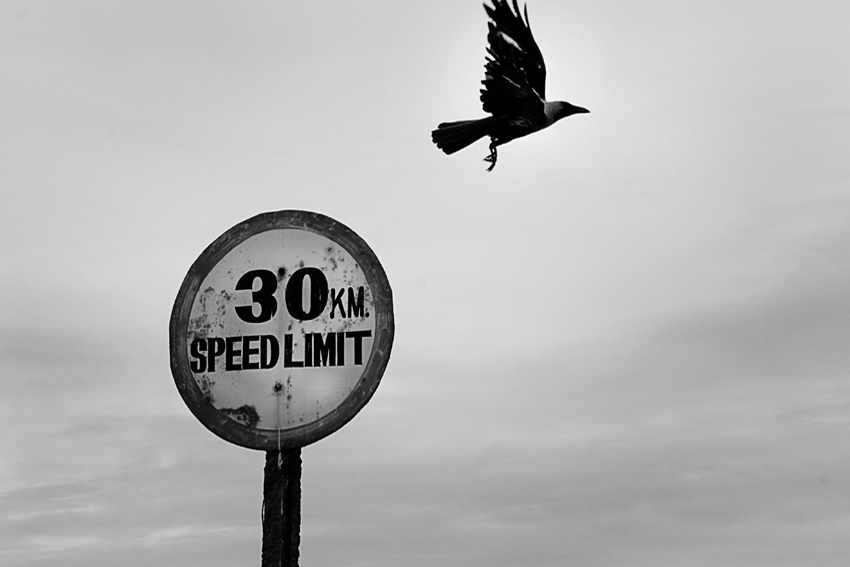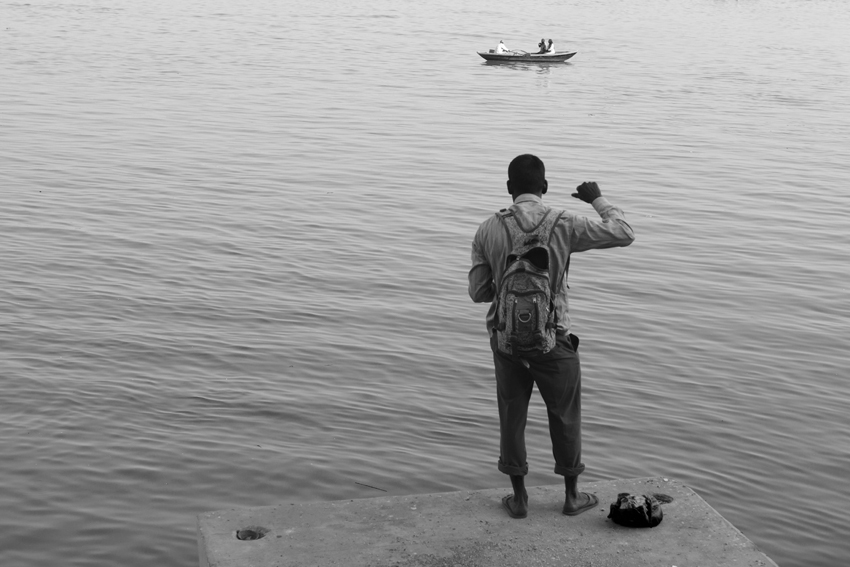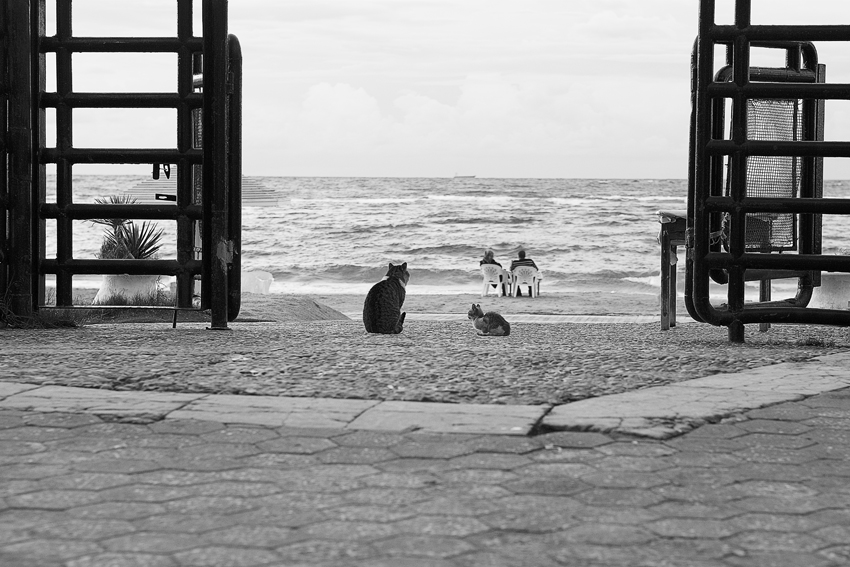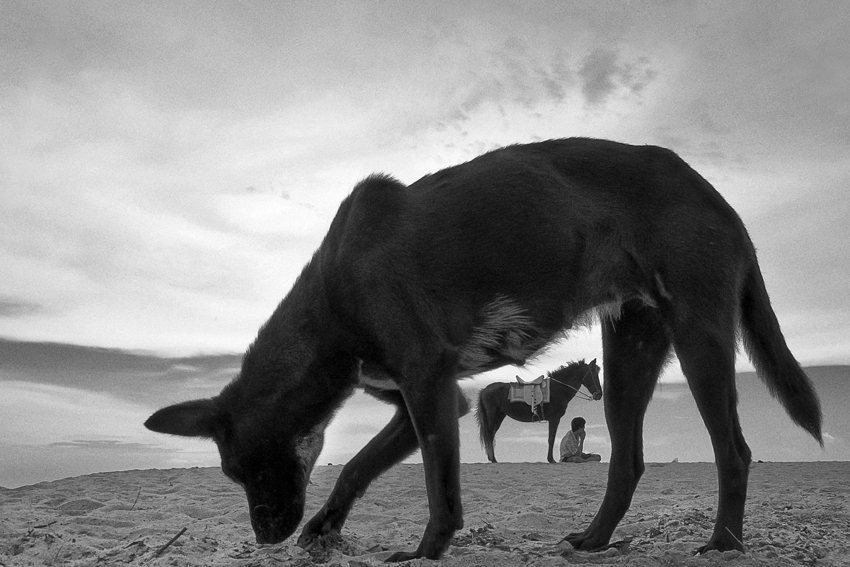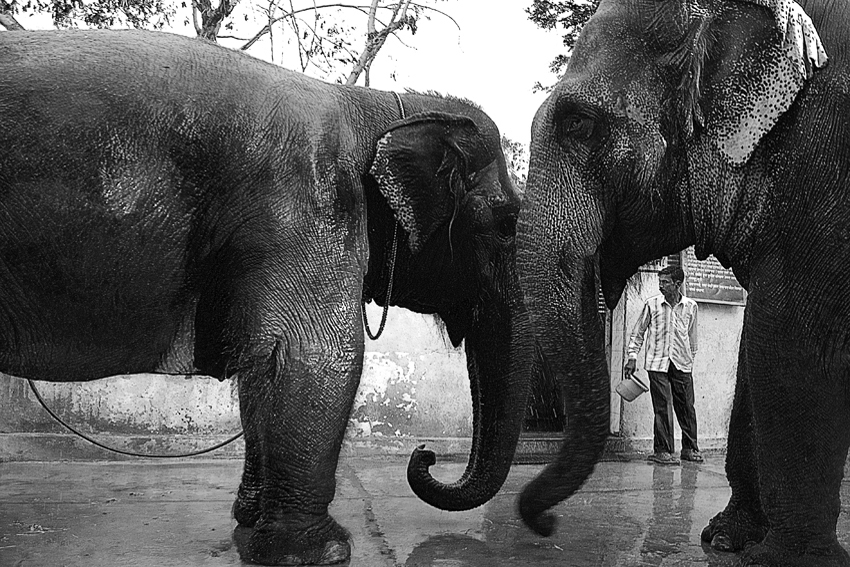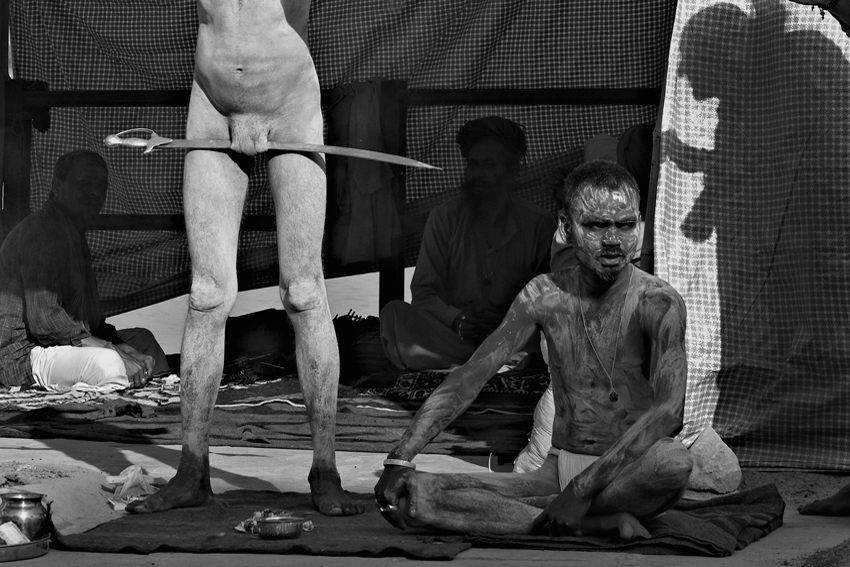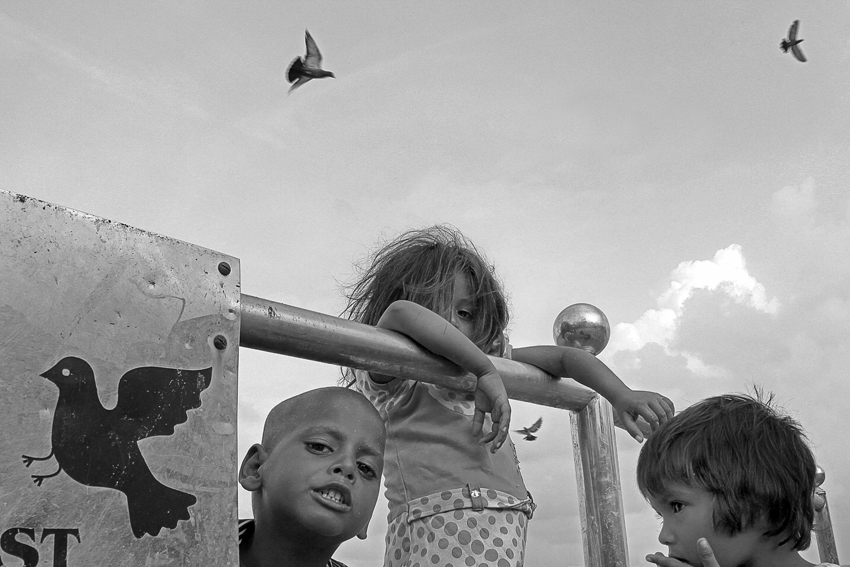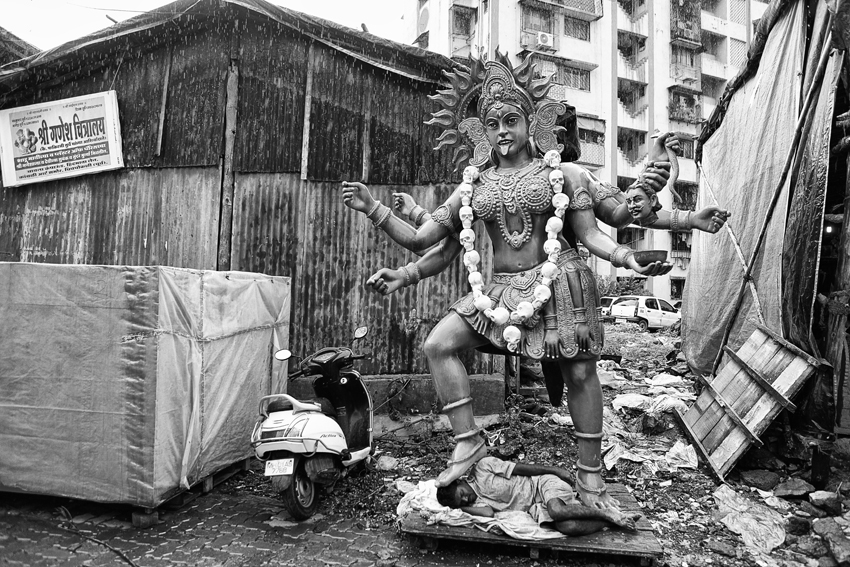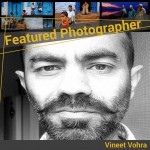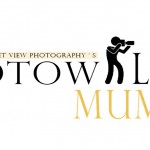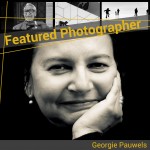Interview with Prashant Godbole | India
Hello Prashant Godbole! We are honored to have you as our Featured Photographer on Street View Photography.
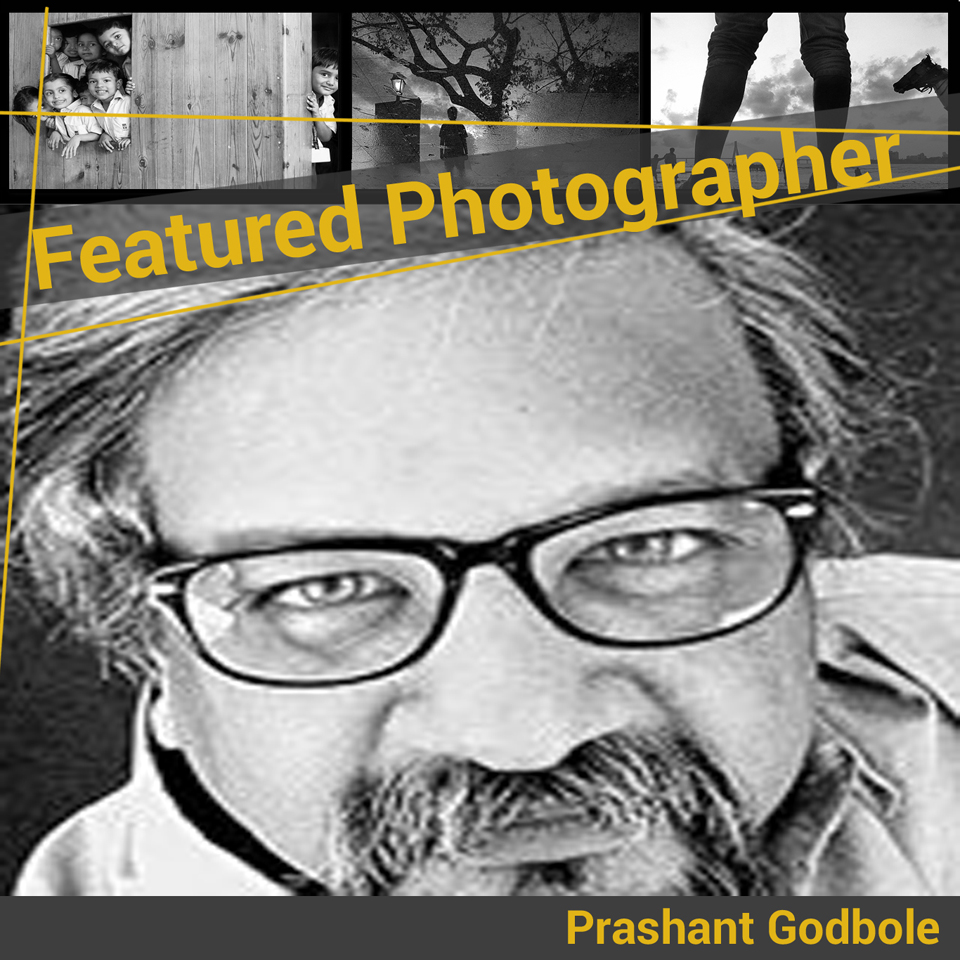
Please tell us a little bit about yourself to begin with.
My name is Prashant Godbole. My journey began in an art school in Aurangabad, from where I eventually moved to Mumbai’s renowned Sir JJ School of Art. In college, I developed a passion for the visual arts. Over my 24-year long career I’ve worked at many advertising agencies, and now I run my own place, called ideas@work.
Have you been involved in the arts in some other form than photography?
Yes, I like to illustrate, doodle and, if I can find the time, paint.
Seeing your remarkable work, I am curious where your creativity comes from?
I think from my family and friends. My grandfather was a painter, my father is a photographer, my brother is a musician, my wife is an actor and I am friends with poets, writers, artists and sculptors.
Could you share with us how you first became interested in street photography?
I am not a trained photographer. Photography happened to me by chance. I was in the middle of an advertising campaign, when the photographer I was to work with suddenly became unavailable. With no other option, I hired a camera myself. The manager at the camera rental store realised I was an amateur and did me a great favour by setting the camera on autofocus. I just aimed and shot the entire campaign. That campaign went on to win several awards and from that day onwards, the camera has always been with me.
You are one of our most showcased photographers on SVP India – how did you find the experience of working with our platform and what do you think Street View Photography can add to the community?
I like to share my work with people. I stumbled upon SVP and saw great quality work. I quickly liked your facebook page and uploaded some images. Street View Photography is like holding up a mirror to the society, capturing the life of a moment, and in today’s global village, photography is the only thing that crosses barriers of language and transports viewers to different cultures.
What equipment are you using now, with what did you get started and why did you change it over the time?
I use the Canon 5D Mark II 24-70 lens. And a Leica V-lux, which was a present from my wife. I would love to get a Leica M as a gift (I hope Leica Management is looking at this article).
Can you tell us about your work flow from the point you first step onto the street until you showcase the developed picture?
I don’t plan my shots on the streets. I stumble upon a situation and I wait for the turn of events. Sometimes I try to anticipate it and hope the situation unfolds, as I imagine it to happen.
Do you like to shoot in groups or are you rather out alone?
One of the reasons why I shoot alone, is that I like to walk alone and if I come across something interesting, I can hang around there, as long as I like.
What would you say characterizes your work in comparison to other street photographers?
I apply my training in advertising to street photography. With an ad, you have only seconds within which to communicate your message. So we tend to keep images simple and to the point. That is the hardest part of advertising: your visual should seek to be understood even by an illiterate person. Simple becomes powerful.
Has your style of shooting changed since you first started?
I don’t know. I just shoot.
Do you often interact with your subjects, and if: before or after you got your shot?
No I like to steal the moments from them. I take the picture and run.
Do you see your personality reflected in your work?
I think my sense of humour is reflected in my images. Well, at least my friends tend to think so.
Among your works, which is your favorite and why?
I was sitting down to take a photograph of a man sitting next to a horse, when I saw a dog approaching. I moved towards the dog and took a few photographs, using him as the frame. I anticipated the moment and that is what I got.
What challenges and opportunities lay in shooting the streets of India and how do you tackle them best?
The chaos, the sheer number of people, and occasionally the authorities. I tackle them by staying calm.
What would you say are typical elements in Indian street photography and how do they differ from other street photography?
India is the best place in the world to see different people, cultures and ages living together. The medieval and the modern co-exist side by side. You will see a bullock cart and a Jaguar XJ 220 stuck in a traffic jam, caused by a cow, which decided to take an afternoon nap in the middle of the road.
Another India-specific example: Aghori, on the picture below. This was taken in Kumbha Mela in Varanasi. It is said that Aghora is the highest stage of spirituality and only one in a billion can achieve this stage. An Aghori is having all powers of this whole universe, at least regarding creation or destruction. He or She is the supreme authority of this whole universe.
What are some of the most important lessons you have learned from shooting on the Indian streets?
Well, you have to start seeing a story in every photograph. The light, the background, the sky… they all serve as characters and add that extra dimension to the overall visual.
What would you tell a newcomer who asks for your advice on how to start, and what to look for in Indian streets?
Learn to observe. Look for something that will surprise you. Have a point of view. Be original. Look for a story. Shoot with your heart.
Thank you, Prashant Godbole, for this interview!
Here you can find more of Prashant’s Work

 Follow
Follow
